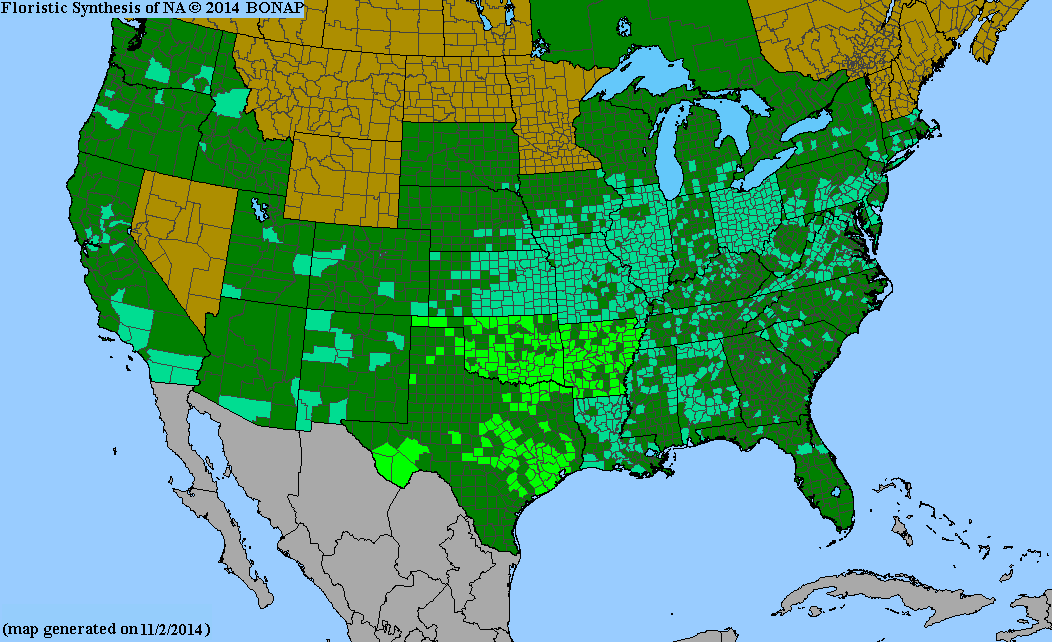Bareroot Plant Material
Osage Orange
Osage Orange
Couldn't load pickup availability
25 plants per unit
Maclura pomifera, or Osage orange, can be found growing in woodlands and abandoned fields throughout the state. Reaches a mature heights of 20 to 40 feet. It grows at a moderately fast rate.
Leaves, Stems and Fruit
Summer foliage is simple, with deciduous leaves in an alternate leaf arrangement. The leaf shape is oblong with a subcordate leaf base and pointed tip. The leaves are usually from 2 to 5 inches long with a bright green color. If the leaf is removed from the stem milky sap appears at the leaf scar. During the autumn, the leaves turn a yellow-green to golden color. Flowers will bloom in June, and the fruit will ripen in October, and looks like large, pale, yellow balls, which are composed of an aggregate of drupes. The bark is brown coloring, with an organish inner bark and wood. Covering the branches are 1/2 inch long spines.
Use
Timber - Osage orange is cut for posts.
Firewood - Osage orange serves well as a fuelwood species.
Adaptation and Soil
Osage orange has adapted statewide and prefers a moist soil but can do well on droughty alkaline soils.
Spacing
Space the trees in windbreaks 10 to 15 feet apart. In fuelwood plantings the spacing may range from 4 x 9 feet to 6 x 12 feet.
Culture
One-year-old, bare root seedlings, 18 to 24 inches tall are used in plantings. Survival is very good when weeds and grasses are controlled.
Pests
No serious pests for Osage orange.







